The WiseFolderLock is an adware (sometimes called ‘ad-supported’ software) which can be loaded onto your computer with the help of some free software. The ad-supported software may modify the settings of internet browsers like Google Chrome, Internet Explorer, Firefox and MS Edge or install a dangerous browser extension, which created to generate a large number of unwanted popup ads. It will lead to the fact that when you run the browser or surfing the Web, it’ll always be forced to display unwanted pop-up ads, even when your browser is configured to block ads or your PC system has a program that blocks ads. On current date, the WiseFolderLock adware continues to increase the number of systems that have been infected.
The adware usually affects only the Chrome, Firefox, Internet Explorer and Edge by changing the internet browser’s settings or installing a dangerous extensions (addons). Moreover, possible situations, when any other web-browsers will be affected too. The adware will perform a scan of the PC system for web-browser shortcuts and modify them without your permission. When it infects the web-browser shortcuts, it’ll add the argument such as ‘http://site.address’ into Target property. So, each time you open the internet browser, you will see an annoying ad or misleading web page.
What is more, the ad-supported software may display advertisements depend on a web page that you are visiting. That is, it’s clear that this adware, without your permission, steals your private information such as: your ip address, what is a web page you are viewing now, what you are looking for on the Internet, which links you are clicking, and much, much more. The ad supported software may monetize its functionality by collecting data from your browsing sessions and selling it to third party companies. This puts your personal information at a security risk.
So, obviously, you need to get rid of the adware as quickly as possible. Use the free few simple steps below. This guide will help you clean your PC system of WiseFolderLock and thereby delete all unwanted pop-ups and annoying ads.
How did you get infected with WiseFolderLock adware
Probably, the ad supported software get installed onto your machine when you have installed a free programs like E-Mail checker, PDF creator, video codec, etc. Because, most commonly the adware is bundled within the installation packages from Softonic, Cnet, Soft32, Brothersoft or other similar sites. Even removing the program that contains ad-supported software, does not help you delete the annoying ads. Therefore, you must follow the step-by-step instructions below to remove all unwanted advertisements.
How to manually remove WiseFolderLock adware
The following instructions is a step-by-step guide, which will assist you manually remove unwanted pop-up ads from the Google Chrome, Firefox, Microsoft Edge and Internet Explorer.
- Uninstall suspicious and unknown applications by using Windows Control Panel
- Remove WiseFolderLock pop-up ads from FF
- Delete WiseFolderLock from Google Chrome
- Get rid of WiseFolderLock redirects from Internet Explorer
- Disinfect the browser’s shortcuts to remove WiseFolderLock redirects
- Get rid of unwanted Scheduled Tasks
Uninstall suspicious and unknown applications by using Windows Control Panel
Press Windows key ![]() , then click Search
, then click Search ![]() . Type “Control panel”and press Enter. If you using Windows XP or Windows 7, then click “Start” and select “Control Panel”. It’ll show the Windows Control Panel as on the image below.
. Type “Control panel”and press Enter. If you using Windows XP or Windows 7, then click “Start” and select “Control Panel”. It’ll show the Windows Control Panel as on the image below.
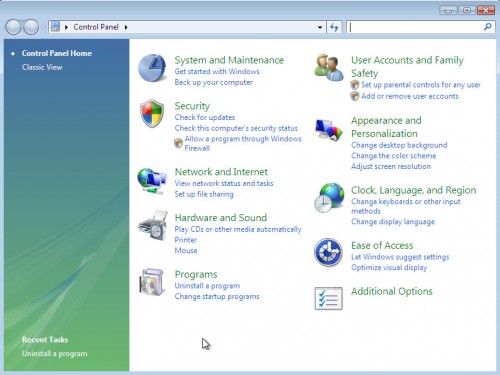
Next, click “Uninstall a program” ![]()
It will display a list of all applications. Scroll through the all list and remove any suspicious and unknown software.
Remove WiseFolderLock pop-up ads from FF
First, start the Mozilla Firefox. Next, click the button in the form of three horizontal stripes (![]() ). It will open the drop-down menu. Next, click the “Help” button (
). It will open the drop-down menu. Next, click the “Help” button (![]() ).
).

In the Help menu, click the “Troubleshooting Information”. In the upper-right corner of the “Troubleshooting Information” page, click “Refresh Firefox” button.

Confirm your action, click the “Refresh Firefox”.
Delete WiseFolderLock from Google Chrome
Reset Chrome settings is a simple way to get rid of the malware and ad-supported software, as well as to restore the browser’s settings that have been modified by adware.

- Now run the Google Chrome and click Menu button (small button in the form of three horizontal stripes).
- It will show the Chrome main menu. Select “Settings” option.
- You will see the Google Chrome’s settings page. Scroll down and click “Show advanced settings” link.
- Scroll down again and press the “Reset settings” button.
- The Google Chrome will show the reset profile settings page as shown on the screen above.
- Next, click the “Reset” button.
- Once this procedure is complete, your internet browser’s settings will be restored to their original defaults. This will reset your homepage and search engine by default.
- To learn more, read the blog post How to reset Chrome settings to default.
Get rid of WiseFolderLock redirects from Internet Explorer
First, start the Internet Explorer, then click ![]() button. Next, click “Internet Options” like below.
button. Next, click “Internet Options” like below.

In the “Internet Options” screen select the Advanced tab. Next, click the “Reset” button. The Internet Explorer will display the “Reset Internet Explorer” settings prompt. Select the “Delete personal settings” check box and click Reset button.

You will now need to reboot your machine for the changes to take effect. It will restore the Microsoft Internet Explorer’s settings such as homepage, new tab page and search engine by default to default state, disable ad-supported web browser’s extensions and thereby remove redirects to annoying ad web sites.
Disinfect the browser’s shortcuts to remove WiseFolderLock redirects
When the ad-supported software is started, it can also alter the web-browser’s shortcuts, adding an argument such as “http://site.address” into the Target field. Due to this, every time you launch the internet browser, it will be rerouted to an annoying ad pages.
To clear the internet browser shortcut, right-click to it and select Properties. On the Shortcut tab, locate the Target field. Click inside, you will see a vertical line – arrow pointer, move it (using -> arrow key on your keyboard) to the right as possible. You will see a text which begins with “http://” which has been added here. You need to remove it.
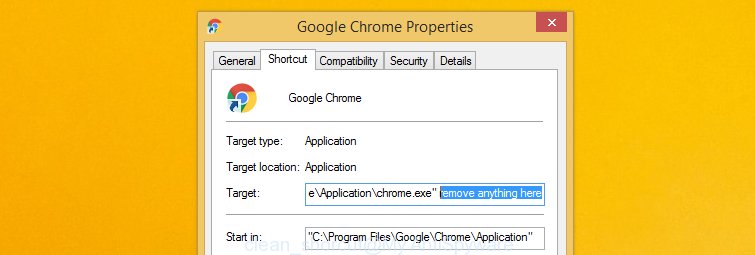
When the argument is removed, click the OK button. You need to clean all shortcuts of all your web-browsers, as they may be infected too.
Get rid of unwanted Scheduled Tasks
Once installed, the ad-supported software can add a task in to the Windows Task Scheduler Library. Due to this, every time when you launch your PC system, it will open an annoying site. So, you need to check the Task Scheduler Library and delete all tasks that have been created by malicious programs.
Press Windows and R keys on your keyboard simultaneously. It will display a prompt that called Run. In the text field, type “taskschd.msc” (without the quotes) and click OK. Task Scheduler window opens. In the left-hand side, click “Task Scheduler Library”, as shown below.
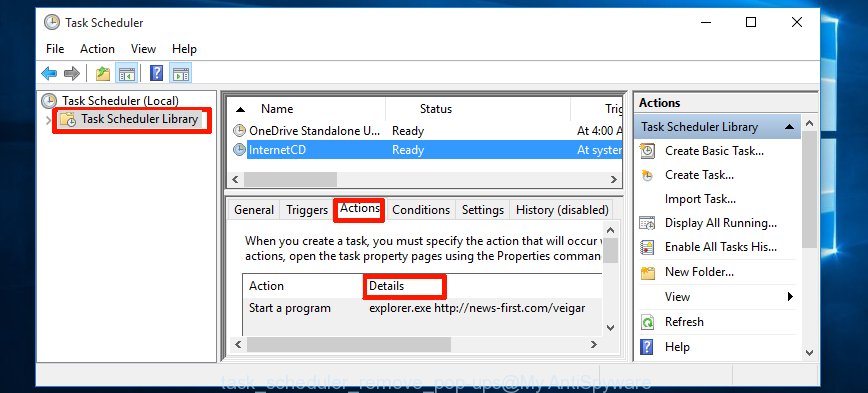
Task scheduler, list of tasks
In the middle part you will see a list of installed tasks. Select the first task, its properties will be display just below automatically. Next, click the Actions tab. Necessary to look at the text which is written under Details. Found something such as “explorer.exe http://site.address” or “chrome.exe http://site.address” or “firefox.exe http://site.address”, then you need delete this task. If you are not sure that executes the task, then google it. If it’s a component of the ‘ad-supported’ program, then this task also should be removed.
Further press on it with the right mouse button and select Delete as shown below.

Task scheduler, delete a task
Repeat this step, if you have found a few tasks that have been created by adware. Once is complete, close the Task Scheduler window.
Remove WiseFolderLock adware automatically
You can get rid of WiseFolderLock automatically with a help of Malwarebytes Free. We recommend this free malware removal tool because it can easily remove ad-supported software, browser hijackers, potentially unwanted software and toolbars with all their components such as files, folders and registry entries.
Download Malwarebytes Free on your PC by clicking on the link below. Save it on your Desktop.
327261 downloads
Author: Malwarebytes
Category: Security tools
Update: April 15, 2020
Once downloading is finished, close all windows on your machine. Further, launch the file named mb3-setup. If the “User Account Control” dialog box pops up as shown on the image below, click the Yes button.

It will display the “Setup wizard” which will allow you install Malwarebytes on the PC. Follow the prompts and do not make any changes to default settings.

Once the install is done successfully, click Finish button. Then Malwarebytes will automatically start and you can see its main window as shown below.

Next, click the “Scan Now” button to perform a system scan for the malware and the WiseFolderLock adware that causes annoying ads within your browser. When a threat is found, the number of the detected objects will change accordingly. Wait until the the checking is done. Please be patient.
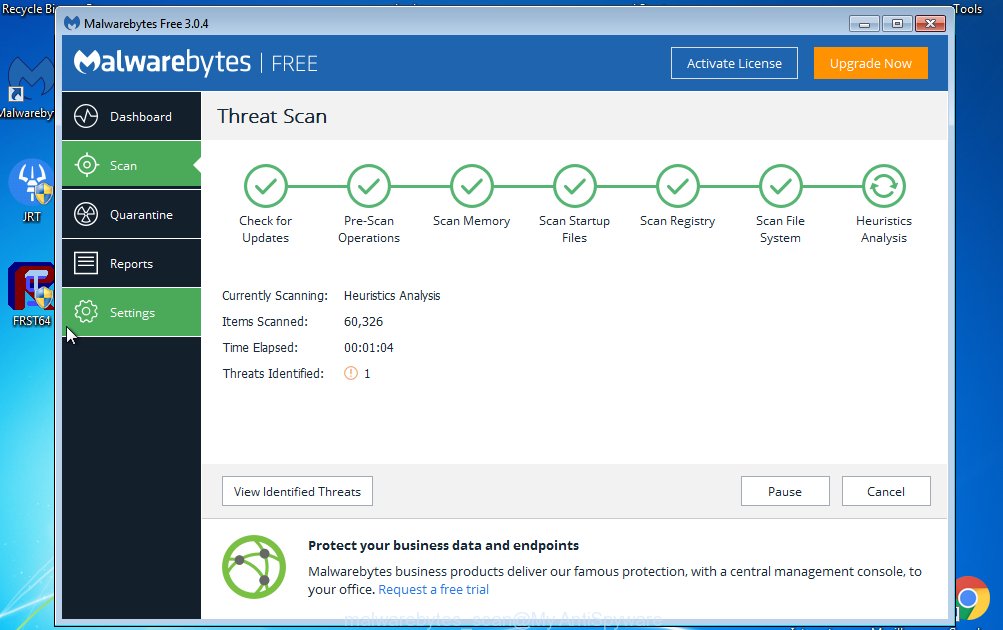
When it has finished scanning your computer, you can check all threats detected on your machine. Make sure all entries have “checkmark” and press “Quarantine Selected” button.
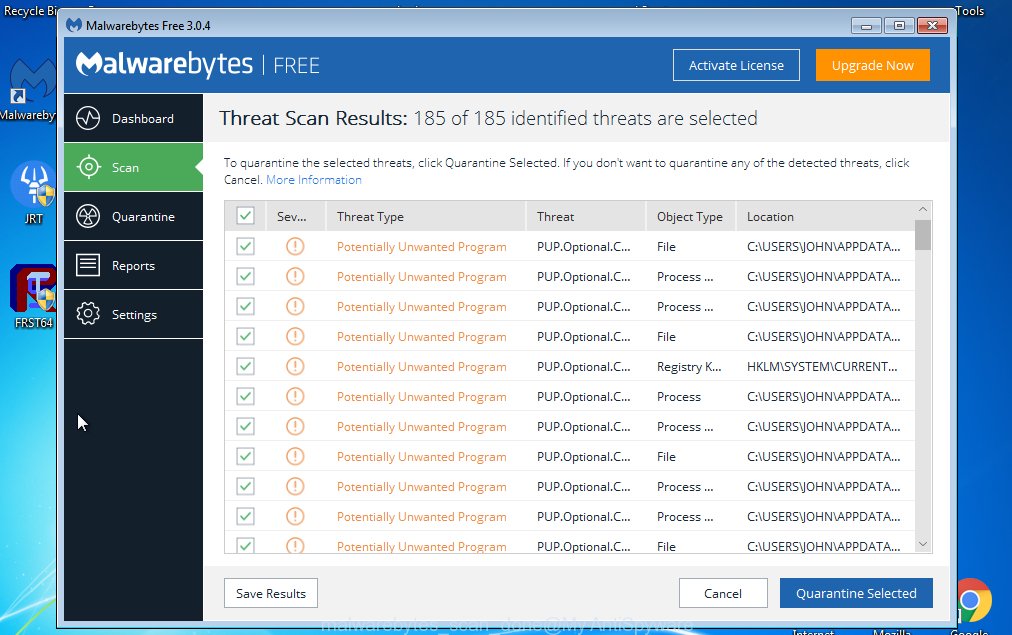
The Malwarebytes will start removing malware and adware. When the disinfection is complete, you may be prompted to reboot your computer. I recommend you look at the following video, which completely explains the process of using the Malwarebytes to remove ‘ad supported’ software and other dangerous applications.
Stop WiseFolderLock advertisements and other annoying web pages
To increase your security and protect your machine against new unwanted ads and malicious web sites, you need to use application that blocks access to dangerous advertisements and web sites. Moreover, the application can stop the show of intrusive advertising, that also leads to faster loading of sites and reduce the consumption of web traffic.
Download AdGuard program from the following link.
26898 downloads
Version: 6.4
Author: © Adguard
Category: Security tools
Update: November 15, 2018
When downloading is finished, start the file named adguardInstaller. You will see the “Setup Wizard” screen as shown in the figure below.

Follow the prompts. Once the setup is done, you will see a window like below.

You can click “Skip” to close the installation program and use the default settings, or press “Get Started” button to see an quick tutorial which will assist you get to know AdGuard better.
In most cases, the default settings are enough and you do not need to change anything. Each time, when you run your computer, AdGuard will run automatically and block pop-ups, WiseFolderLock redirects, as well as other malicious or misleading web-pages. For an overview of all the features of the program, or to change its settings you can simply double-click on the AdGuard icon, that is located on your Windows desktop.
If the problem with WiseFolderLock adware is still remained
If MalwareBytes cannot remove WiseFolderLock , then we suggests to use the AdwCleaner. AdwCleaner is a free removal tool for adware, browser hijackers, PUPs, toolbars.
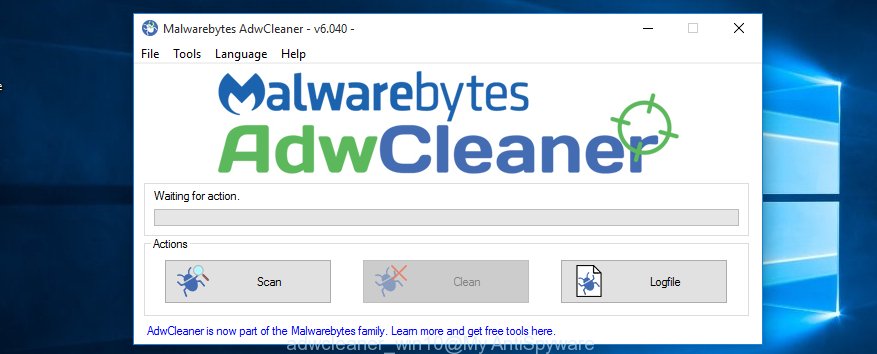
- Download AdwCleaner by clicking on the link below.
AdwCleaner download
225628 downloads
Version: 8.4.1
Author: Xplode, MalwareBytes
Category: Security tools
Update: October 5, 2024
- Double click the AdwCleaner icon. Once the utility is launched the main screen will appear as shown on the image above.
- Now, click the “Scan” button . This will begin scanning the whole system to find out the WiseFolderLock which opens advertisements in your internet browser.
- When the system scan is finished, AdwCleaner will display a scan report. Review the report and then click “Clean” button. It will display a dialog box, press “OK” button.
The following video explains the step-by-step guide above on how to get rid of adware with AdwCleaner.
Finish words
Now your computer should be free of the WiseFolderLock . Remove AdwCleaner. We suggest that you keep AdGuard (to help you stop unwanted popup ads and unwanted malicious pages) and Malwarebytes (to periodically scan your system for new malware and ad supported software). Probably you are running an older version of Java or Adobe Flash Player. This can be a security risk, so download and install the latest version right now.
If you are still having problems while trying to remove WiseFolderLock adware from your machine, then ask for help in our Spyware/Malware removal forum.

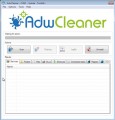

















I’ve tried all those steps and Adwcleaner STILL keeps finding wisefolderlock on my system. I remembered from in the past that I got annoyed when Malwarebytes used to declare that Wise Registry Cleaner was malware. But, I started thinking that WISE Registry Cleaner and WISE Disk Cleaner might be related to WISEfolderlock.
So, I uninstalled Wise Registry Cleaner and I’ve had no more reappearnce of wisefolderlock.